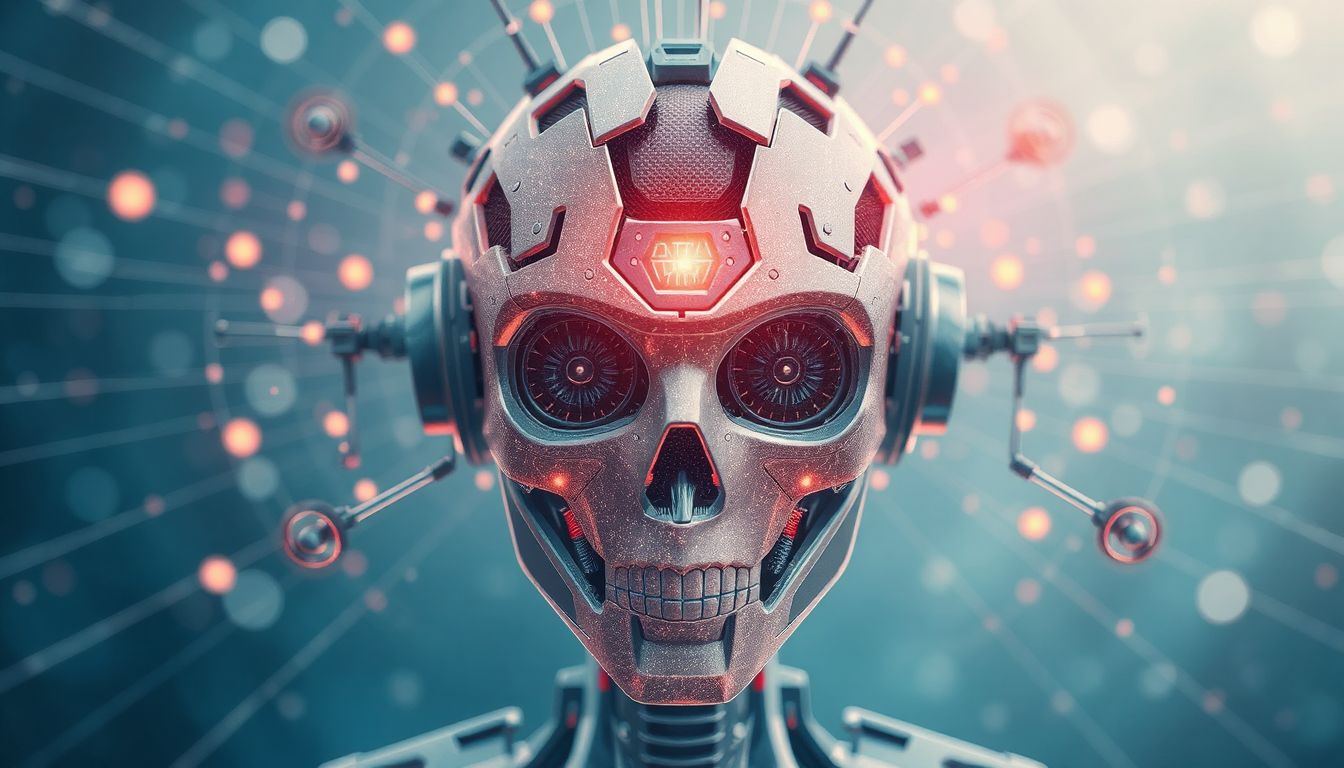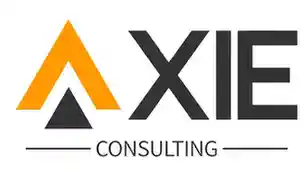
How Web3 Technology Builds Trust and Confidence in AI Systems
Artificial Intelligence (AI) is transforming industries at an unprecedented pace, from healthcare to finance, and even creative fields like content generation. But as AI becomes more embedded in our daily lives, a critical question arises: How can we trust it? The answer might lie in Web3 technology—blockchain, decentralization, and cryptographic verification—working together to make AI more transparent, accountable, and reliable.
The Trust Problem in AI
AI systems, especially those powered by deep learning, often operate as "black boxes." This means even their creators can’t always explain how they arrive at certain decisions. When an AI denies a loan application, diagnoses a disease, or recommends a stock trade, users are left wondering: Was this decision fair? Was it based on accurate data? Could bias have influenced the outcome?
Without transparency, skepticism grows. A recent study found that 84% of organizations faced compliance issues due to a lack of AI transparency. If businesses struggle to trust AI, how can everyday users feel confident relying on it?
Web3: The Key to Transparent AI
Web3—the next evolution of the internet built on blockchain—offers solutions to AI’s trust issues. Here’s how:
1. Immutable Data Verification
Blockchain’s core strength is its ability to store data in a tamper-proof way. When AI models pull data from blockchain-verified sources, users can trust that the inputs haven’t been altered. Projects like Space and Time use cryptographic proofs to ensure data integrity, making AI decisions more auditable.
2. Decentralized AI Models
Centralized AI systems are controlled by single entities (like big tech companies), raising concerns about manipulation or hidden agendas. Web3 enables decentralized AI, where models run across distributed networks. This reduces single points of failure and makes AI more resistant to censorship or bias.
3. On-Chain Accountability
What if AI decisions were recorded on a public ledger? Blockchain can log every step of an AI’s reasoning process, allowing third-party audits. Startups like Cartesi are pioneering on-chain AI, where computations are verified transparently, ensuring compliance with regulations.
Real-World Applications
How does this play out in practice? Here are a few examples:
Healthcare: Trusting AI Diagnoses
Imagine an AI that detects cancer from medical scans. With Web3, hospitals could verify that the AI’s training data was unbiased and its decision-making process was sound—critical for patient trust.
Finance: Fraud Detection
Banks using AI to flag fraudulent transactions could use blockchain to prove their algorithms aren’t unfairly targeting certain demographics—a major concern in fintech today.
Autonomous Vehicles: Safety Assurance
Self-driving cars rely on AI for split-second decisions. If those decisions were logged on-chain, investigators could review accidents objectively, improving safety standards.
Challenges and the Road Ahead
While Web3 offers promising solutions, challenges remain:
- Scalability: Running AI on blockchain is computationally expensive.
- Regulation: Governments are still catching up with both AI and Web3.
- Education: Users need to understand AI’s limits to avoid blind trust.
Despite these hurdles, the fusion of Web3 and AI is a powerful step toward a future where technology serves users transparently and ethically.
Conclusion: A More Trustworthy AI Future
AI isn’t going away—it’s only getting more advanced. The key to widespread adoption isn’t just better algorithms, but trust. Web3 provides the tools to make AI auditable, decentralized, and fair. By integrating blockchain’s transparency with AI’s capabilities, we can build systems that users feel confident relying on.
The future of AI isn’t just about smarter machines—it’s about trustworthy ones. And with Web3, that future is within reach.
